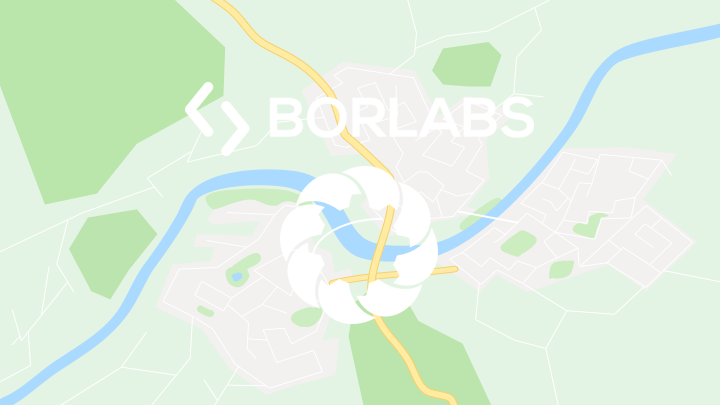Fotocredit: Soheil Honarmand
The Bahnhofsviertel
Have this post read aloud
This station invites you to take an audio tour of the Bahnhofsviertel. On half a square kilometre, the contradictions and fractures of society become visible here as if under a burning glass: poverty and wealth, gentrification and decay, drug use and business lunch, art and criminalisation. Numerous intertwined political negotiations and struggles over the city are played out here. If you are there, it is best to decide for yourself which route you would like to take in order to let the impressions, perspectives and stories take effect on you: Which places here are important? What are the mechanisms of exclusion that people affected by racism face, and how do they inscribe themselves in the neighbourhood and everyday life? Which spaces do people make their own? Where do paths cross and where do you discover the previously unknown?
read more
A brief outline of the history of this district
In the 1980s and 1990s, the Bahnhofsviertel was mainly associated with the buzzwords drugs, crime and red-light district. Since the 2000s, things have changed. In the city of Frankfurt’s drug policy, the so-called Frankfurt Way ⊕ was adopted. Taunusstraße, in the northern part of the district, is still known for brothels and table dance bars and attracts thousands of people every year, either as customers or as a tourist attraction. In addition, many people have always lived and worked in the Bahnhofsviertel who have a migration history themselves or in their families.
The wind of gentrification blows
City policy has changed its strategy for the Bahnhofsviertel since the 2010s. The aim is now to upgrade this neighbourhood. As a result, investors have since bought many of the houses and flats, renovated them extensively and sold them on at a high price or rented them out. Rising rents and renovation lawsuits are displacing the old-established residents, who have lower or middle incomes. The many supermarkets, bars and restaurants in the various communities are increasingly being replaced by high-priced restaurants, offices and supermarket chains. But for many people with their own or their family’s migration history, the station district is still an important place: they meet acquaintances and friends there, can buy food and other things that are often not available in the big supermarket chains, run their own business or find work here.
Social exclusion and displacement
People who have low or no income and/or are affected by racism have often had no choice but to move to neighbourhoods like the Bahnhofsviertel due to structural exclusion and racism. In these neighbourhoods rents are cheap, but housing conditions and infrastructure, such as health care or schools, tend to be low as well. In the course of gentrification, they are now being displaced again, although some of them have been working and living in the Bahnhofsviertel for decades. The city is also trying to push drug users out of the Bahnhofsviertel with actions such as the »concentrated action«, without actually looking for solutions to their situations. Due to various lines of conflict, there are also conflicts between the people living and staying in the Bahnhofsviertel.
After a long struggle and requests from social workers and the police, the city government allowed accepting drug help. Drug consumption rooms were set up where people can get sterile syringes and pipes and where they can also consume. There was also less punishment for use on the streets.
The Stations
A house for everyone
A free space for everyone
The Klapperfeld
Deportation prisons and the resistance against them
The authority for foreigners
The difficult way to both a residence and working permit
Working in Frankfurt
The fight for workers’ rights
The Main-Railway-Station
Racial Profiling as a constant threat
The Paradieshof
The fight for a selforganised migrant center
The attack in Hanau
Against racist terror and oblivion
The Bahnhofsviertel
Important hub for migrant life
Mixtape Migration is financed by your donations
The tour is free for everyone and is accessible to as many people as possible. At the same time, we are dependent on donations and support — we want to make the tour better known and, in a second step, expand it to include additional topics and stations.
The project is designed, organized and carried out by the non-profit association turn the corner. turn the corner is committed to a society in which we together and consciously shape how we want to live and work independently. A society in which people can be different without coercion. Learn more about turn the corner.
